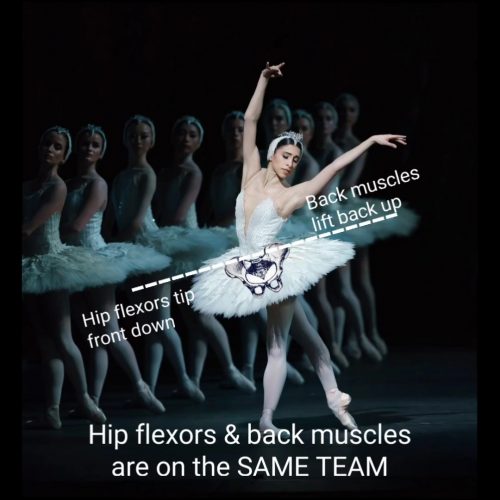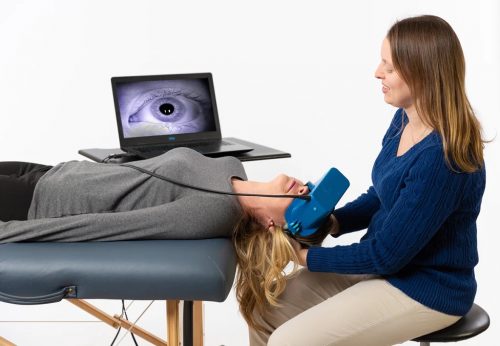We’ve all heard of it, but what is it really? I’d say most of my patients have some vague concept of what they imagine it to be, but they’re not entirely sure what it is. A lot of them are also quite nervous when they think they’ve injured it. So let’s dive in and ease your mind.
The rotator cuff is a group of four muscles. Their job is to work together and guide the shoulder to stay centered in the socket. That’s it! Muscles attach to bone through their tendons and the rotator cuff tendons attach at the front, top and back of the shoulder so that they can steer it in a variety of directions. We can get more detailed, but this simple truth is what guides my treatment.
I like to think of it as a team of 4 workers each with a rope trying to fit a window into its frame. They need to work together to lift and spin and maneuver the window. “Ok Tim, lower your end now. Yep, that’s good, now it needs to spin a bit so Steve pull your corner while Ben you let yours out at the same time. Perfect. Now all together lift…” This group effort is needed to steer the ball in the socket with every arm movement we do.
When there’s a muscle imbalance of strength, tension, or length, the humeral head starts migrating towards the edge of the socket and puts more load onto various structures. It could get pushed up and pinch the supraspinatus and biceps tendons under the AC joint, or sit at the front of the socket putting more load on the ligaments and bicep tendon. The truth is these examples can all be changed with attention to reshape our patterns and strategies. The body can always learn to do things differently. It’s incredible how adaptive it is. That’s great news for all of us with cranky shoulders.
There are many moving parts in the shoulder which is why it often takes a trained eye to figure out where to begin and what strategy will work best for you. Our team at Red Cedar Physiotherapy are always ready to help.




